Fitbit Inspire HR Review
The new Fitbit Inspire and Inspire HR are here as the company's affordable fitness trackers for 2019.
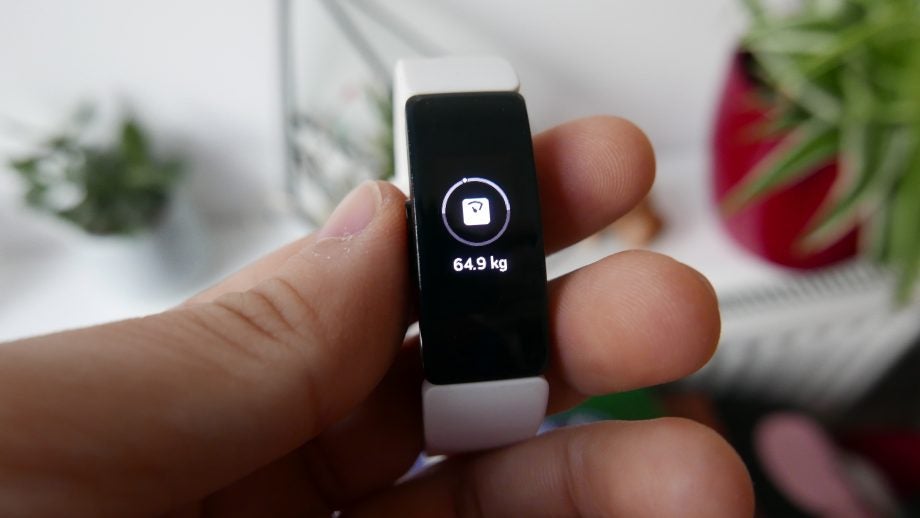

Verdict
Fitbit’s new basic fitness tracker checks the right boxes for a budget-friendly price.
Pros
- Water-resistant to 50m
- Touchscreen display
- Sharp and easy to read display
- More usable smartphone notifications
- Comfortable strap
Cons
- No altimeter
- Only basic swim tracking
- Limited number of custom watch faces
- Big bezel around the screen feels like wasted space
Key Specifications
- Review Price: £89.99
- Waterproof up to 50m
- 5+ day battery life
- Constand heart-rate monitoring
- Automated sleep tracking
- Connected GPS
What is it?
Fitbit has launched two models under the Inspire name, the standard Inspire and the higher-end Inspire HR reviewed here. Unsurprisingly, the big difference is the inclusion of Fitbit’s famed PurePulse heart rate monitor on the more expensive model.
The new Inspire HR is designed to replace the previous Fitbit Alta HR, launching at a much more tempting price of £89.99 versus the Alta HR’s slightly questionable at the time launch price of £129.99. This high price put the Alta HR in contention with the more feature-rich Charge 2. The new lower launch price now means the Inspire HR more aptly undercuts the Fitbit Charge 3 – the current model up in Fitbit’s catalogue of fitness trackers.
Altogether, the changes like added water-resistance and a larger screen introduced with the Inspire HR are positive moves. So much so that it’s now a great entry-level choice for anyone looking to keep a more keen eye on their overall health and activity levels, whilst also making use of Fitbit’s refined and easy-to-use companion app.
Design and screen
Fitbit hasn’t introduced a radical departure to its design with the Inspire range. Conveniently, the Inspire’s design sits comfortably between the outgoing Alta HR and the Charge 3, in that its gotten a little bigger and wider, but doesn’t encroach on the size of the slightly more feature-packed Charge 3.
Arguably, the Inspire HR has lost a little of its sleekness with the added size, but I like its more refined edges and uniform design. Gone is the contrast bezel with the entire tracker body now more closely matching in colour. The corners where the tracker itself meets the interchangeable watch straps are now nicely rounded off. It’s a small touch, but one that makes the Inspire HR feel a lot less serious. The Inspire HR is meant to be Fitbit’s new approachable fitness tracker after all.
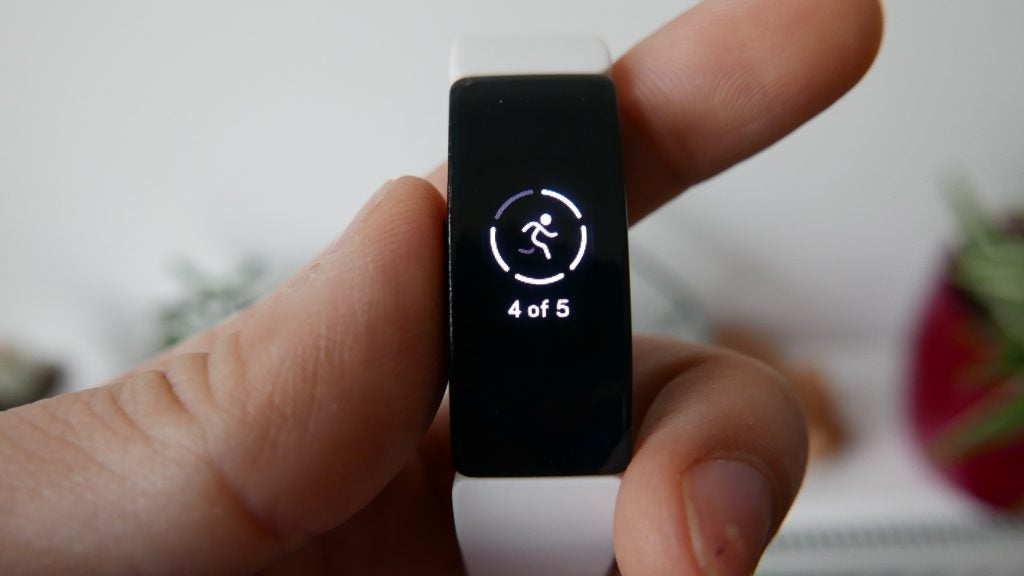
On the topic of the straps, the included standard silicone number is the most comfortable Fitbit has produced to date. It’s a whole lot more supple and stretchy than previous straps, and as a result more comfortable than the strap included with the standard Fitbit Inspire I also happen to be wearing. The Inspire HR uses a standard watch buckle for fastening, which differs from the button fastener of the standard Inspire. Supposedly, there’s a different strap because the Inspire HR needs something a little tighter to keep the PurePulse heart rate monitor flush against your skin. From my experience, most people also find a watch buckle easier, which is worth keeping in mind if you’re shopping for someone whose fine motor controls can otherwise struggle.
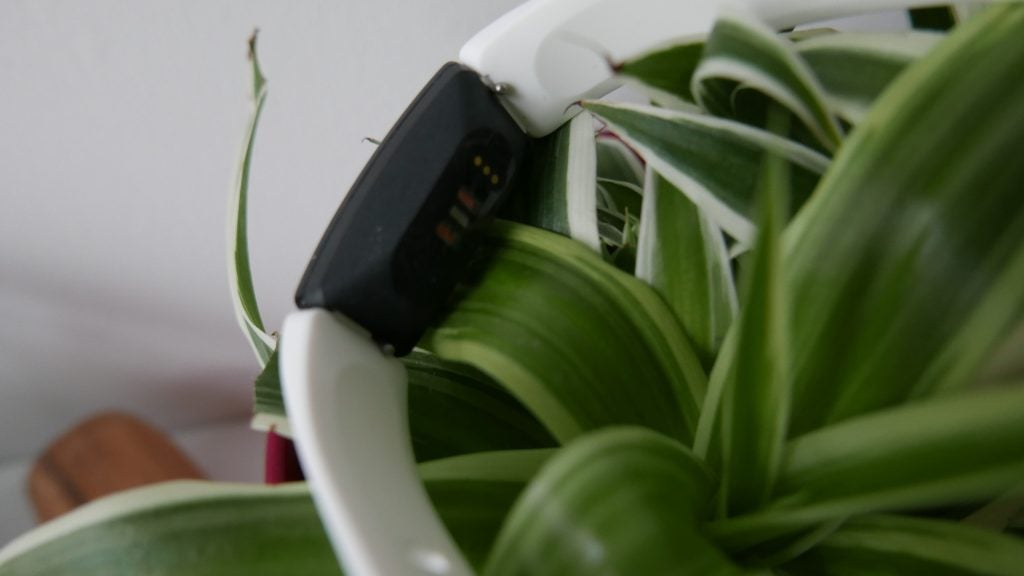
Flip the Inspire HR over and you’ll see the aforementioned PurePulse heart rate monitor flashing away. This is used to take continuous heart rate readings, as well as bolstering the sleep tracking overnight with more rich information about your sleep quality. More on this later.
Taking a page from the Charge 3, the Inspire HR has a side button that lets you back out of menus and also provide a quick access to settings by holding it down. The majority of your interaction will be with the touchscreen OLED screen. This time, it actually is a touchscreen rather than the pseudo-‘touchscreen’ on the Alta HR that only in fact responded to taps. Now it functions like a traditional touchscreen, letting you swipe through screens and tap menu options to interact. It’s a lot more intuitive. There’s still a pretty massive bezel around the display, however.
The screen is sharp enough and it’s nice and bright to make it easy to read even when outdoors. As the screen is bigger than on the Alta HR, it can also display much more rich information. This means incoming notifications mirrored from your smartphone are now much more readable. The Alta HR made reading incoming messages difficult, relying too much on vertical scrolling. While you won’t want to read any long blocks of text on the Inspire HR, the increased size does make getting the gist of a message much easier, letting you decide whether it’s worth getting your phone out. You get a firm vibration whenever a notification comes in, too.
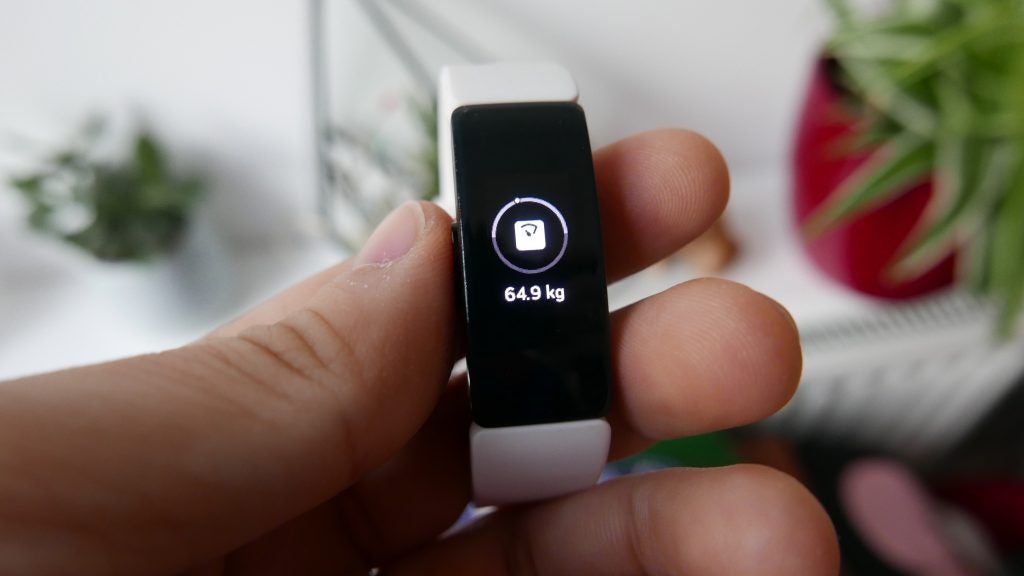
You can swipe up to see at a glance all of the important metrics like your step count, calories burned, number of active hours and more. Swiping down lets you access exercise, guided breathing and timers. Everything is logically laid out. The only thing that’s slightly lacking is the number of watch faces you can choose from in the Fitbit app. They’re all rather samey, so there’s not a great deal of customisation.
Activity and exercise tracking
Everyday activity tracking is Fitbit’s bread and butter, so it’s no surprise it gets the basics right with the Inspire HR. There’s an accelerometer inside that does everything from counting steps to keeping tabs on your shut eye overnight. Yes, the accelerometer can still get thrown off by repetitive actions like clapping your hands at the theatre, or the vibrations of a moped, but overall it’s as accurate as they come in more regular everyday situations.
If you simply want to make sure you’re up and getting more steps in to hit that popular 10,000 step count, the Inspire HR will help you do that. Part of that is with its move reminders that give you a gentle nudge if you haven’t taken at least 250 steps during your defined active hours. If you’re short, the Inspire HR will vibrate on your wrist 10 minutes before the hour and tell you how many steps you need to get your little piece of positive re-enforcement. It’s simple but effective.
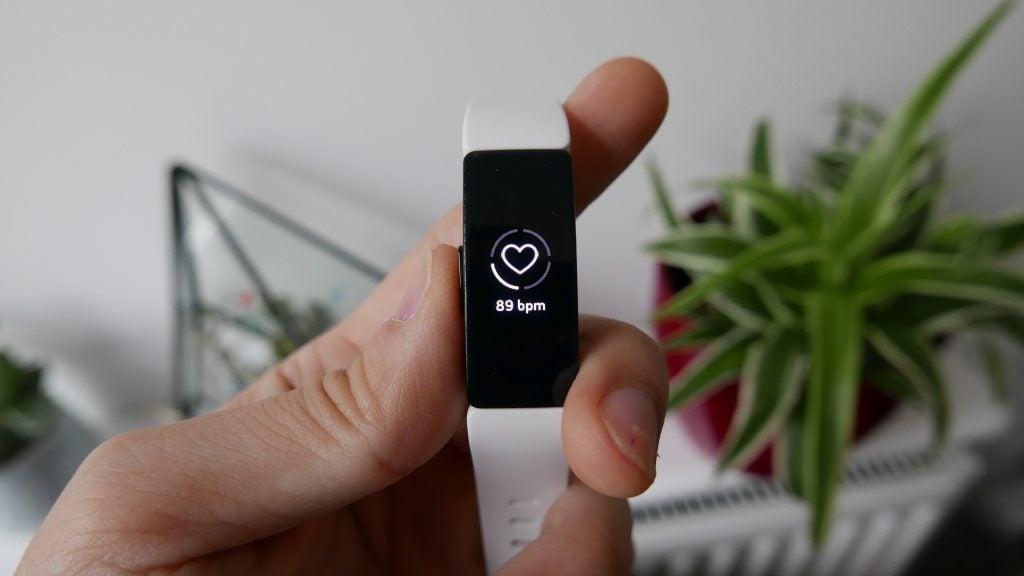
It’s around the more advanced tracking that the Inspire HR makes it clear it doesn’t want to muscle in on Fitbit’s more expensive offerings. There’s no altimeter inside for starters, which you do find in the Charge 3 and above. These are used to detect elevation, which is useful beyond getting the necessary kudos for outdoor hilly runs. Fitbit’s altimeter-packing trackers will also track floors climbed, which helps promote taking the stairs instead of taking the elevator or standing around on an escalator. Trying to hit your floors climbed target is a great way to promote healthier habits, so it’s a shame it’s missing here.
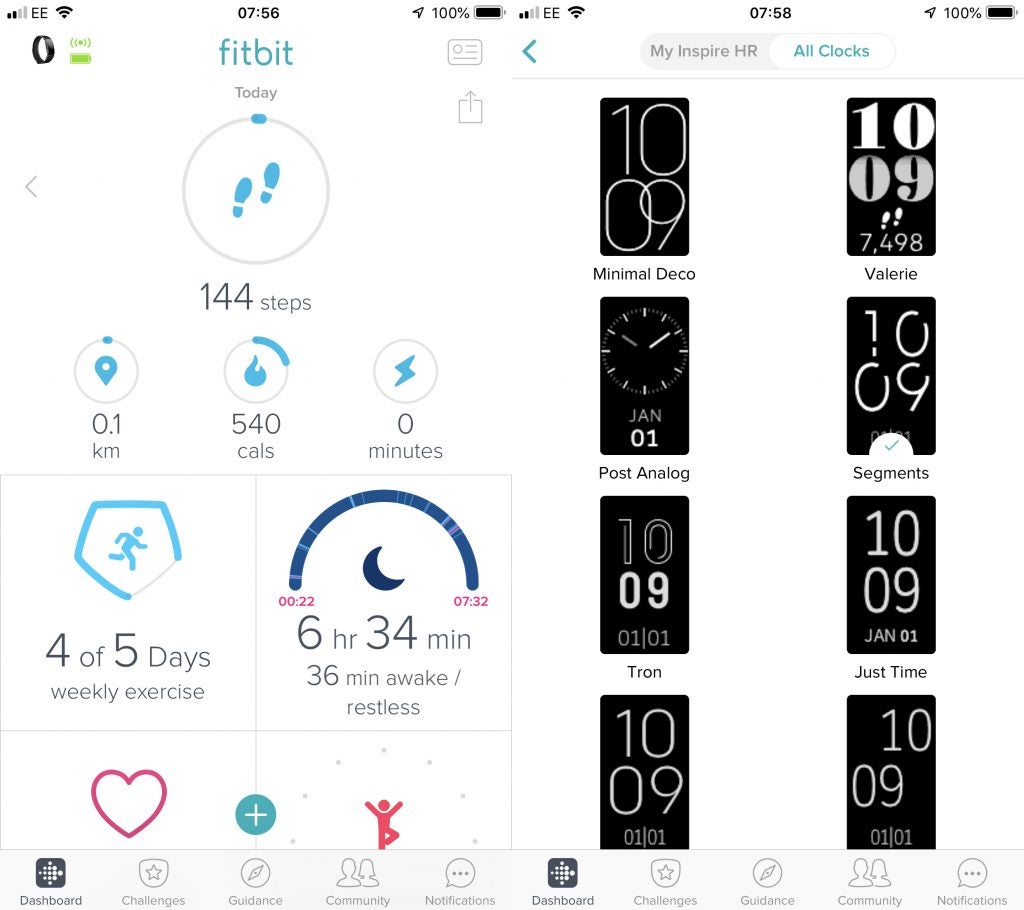
The app’s dashboard presents everything cleanly but there’s not a massive amount of watch faces available.
There’s also no built-in GPS, which in fairness is also missing from every Fitbit device save for the top-end Fitbit Ionic. Instead, there’s Connected GPS, which lets you piggyback the GPS built into your paired smartphone. The Alta HR didn’t have this option, making it not a great choice for exercise.
If you’re used to bringing your phone along for an outdoor cycle or run anyway, Connected GPS is a useful feature. It does mean that the accuracy of your distance and pace tracking is dependent on your paired smartphone, however. All of the usual metrics like pace, time and distance are mirrored to the Inspire HR’s display, and you can swipe through them without interrupting your run.
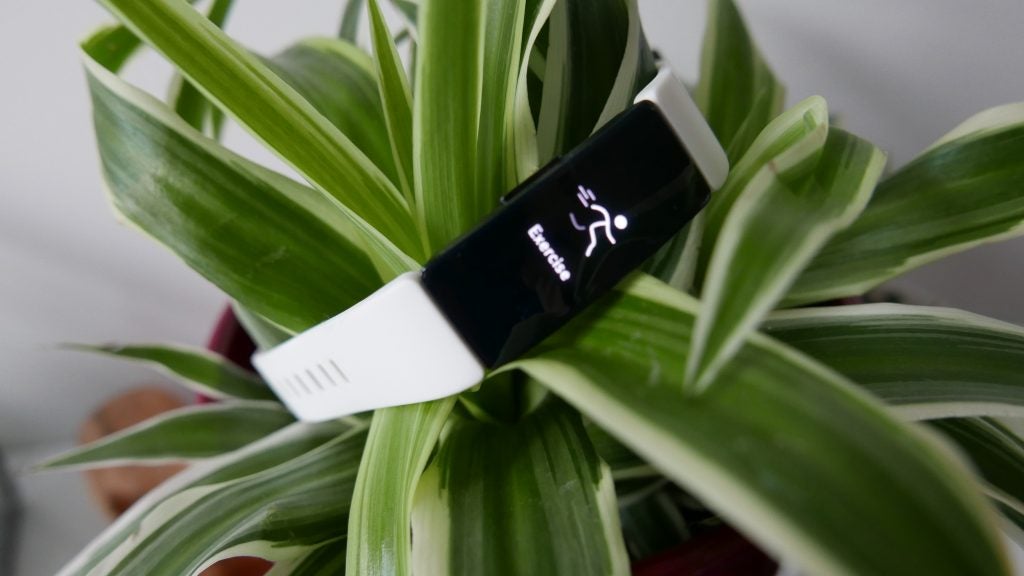
The Inspire HR includes automatic exercise tracking for a number of exercises including walks, runs, cycling and swims. That’s handy if you forget to manually start exercise tracking. On the topic of the latter, while the Inspire HR claims to have swim tracking, it only does duration and calorie burn, and not laps and distance, which can be tracked on Fitbit’s other devices. Still, even if you’re not a swimmer, the added water-resistance that was missing from the Alta HR is very welcome as it means you can safely shower with the Inspire HR still on.
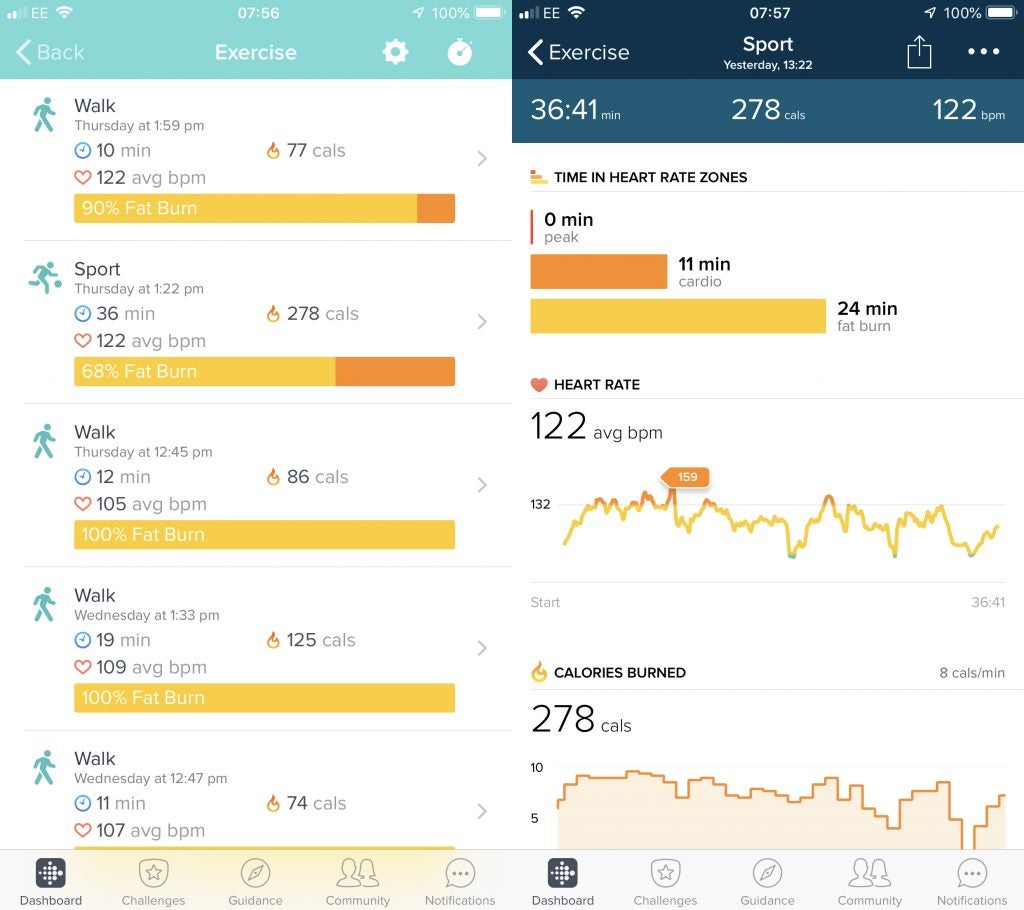
The PurePulse heart rate monitor is used to keep a tab on your ticker throughout the day, taking resting heart rate readings. This is a good indicator of your overall fitness level as your resting heart rate will generally decrease as your cardiovascular health improves. You can also get a Cardio Fitness score from the Fitbit App, which is based on your estimated VO2 Max.
Related: What is VO2 Max?
During exercise, I found the heart rate monitor generally accurate, but it suffers from the same problem as the Alta HR. The sample rate is much lower than Fitbit’s more advanced trackers, meaning it’s taking readings less frequently. That’s fine generally, but for anyone partaking in interval training or heart rate zone training, you might find the readings too slow to keep up with your rapid changes in heart rate during intense bursts of activity. In truth, many wrist-work optical heart rate monitors can struggle in this regard.
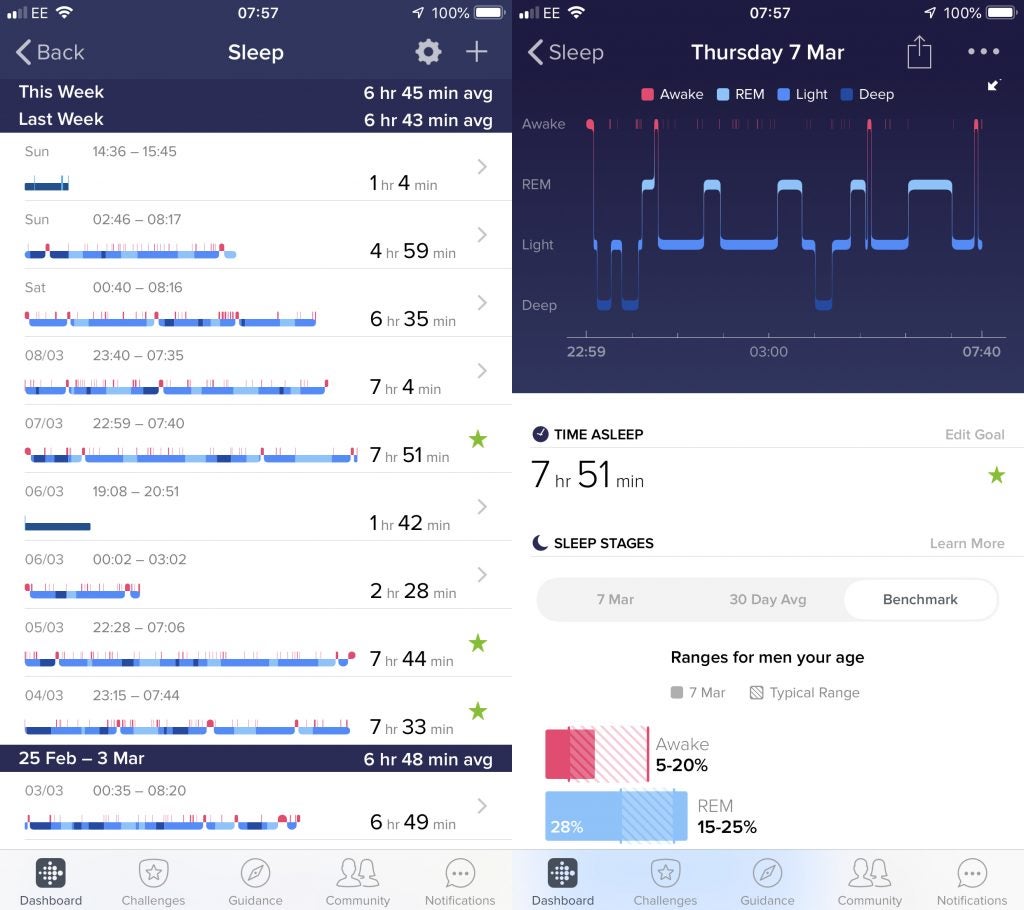
The Inspire HR also includes Fitbit’s Sleep Stages for sleep tracking first introduced with the Alta HR. This uses both the accelerometer and the heart rate monitor to analyse your sleep quality overnight. It plots your sleep against the typical sleep stages of light, deep, REM and time spent awake. It’s one of my favourite sleep tracking implementations as all of the data is cleanly presented in graphs, clearly defining time spent in each stage and benchmarking you against your 30-day average and others in your age and gender. It gives you a better understanding of your sleep quality beyond just looking at the duration. You also get tidbits of advice on how you can improve your sleep quality.
Battery life and charging
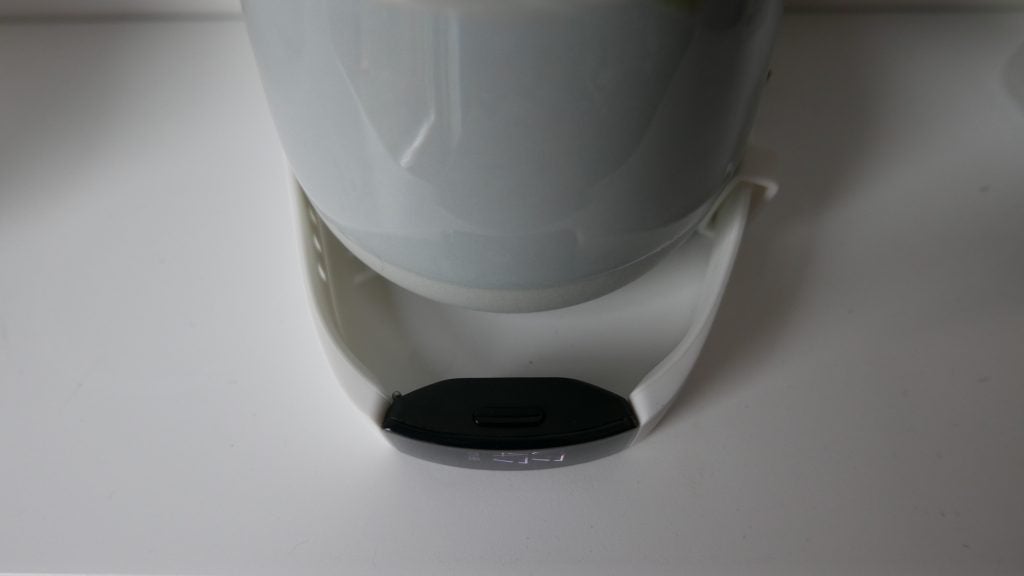
Fitbit promises 5+ days of battery life from the Inspire HR. This was actually spot on during testing. It wasn’t until after the 5th day I got an email and phone notification to tell me the battery was needing a top up. That’s a very respectable amount of life, but stamina will likely vary based on how many notifications you’re being alerted to. You can choose what apps are mirrored to your wrist, which will not only cut down on interruptions but also help with battery life.
Charging is straightforward thanks to a magnetic charger that simply attaches to the back. It’s less fiddly than the clamp charger used for the Charge 3, and the magnet is strong enough to not get detached too easily. The cable, which terminates in a standard USB, is a little on the short side, however.
Why buy it?
For anyone who doesn’t need advanced exercise tracking, the Inspire HR is going to meet your needs in an attractive package all wrapped up in a clean companion app.
The Inspire HR is a big upgrade on the Alta HR in practically every way, and does so at a lower price point, making it a good choice if you’re looking for a best Fitbit or a best fitness tracker.
There are only a few reasons you might want to consider the more expensive Charge 3, such as the altimeter and a few more smartwatch-esque functions like being able to reply to messages (from Android devices at least) and the yet-to-be-used spO2 sensor. Otherwise, most people will be served perfectly well by the cheaper Inspire HR.
A great upgrade on the Alta HR that improves on it in practically every way.
Pros
- Water-resistant to 50m
- Touchscreen display
- Sharp and easy to read display
- More usable smartphone notifications
- Comfortable strap
Cons
- No altimeter
- Only basic swim tracking
- Limited number of custom watch faces
- Big bezel around the screen feels like wasted space


